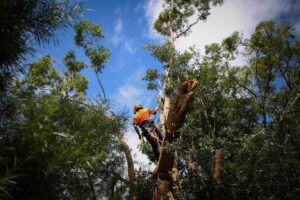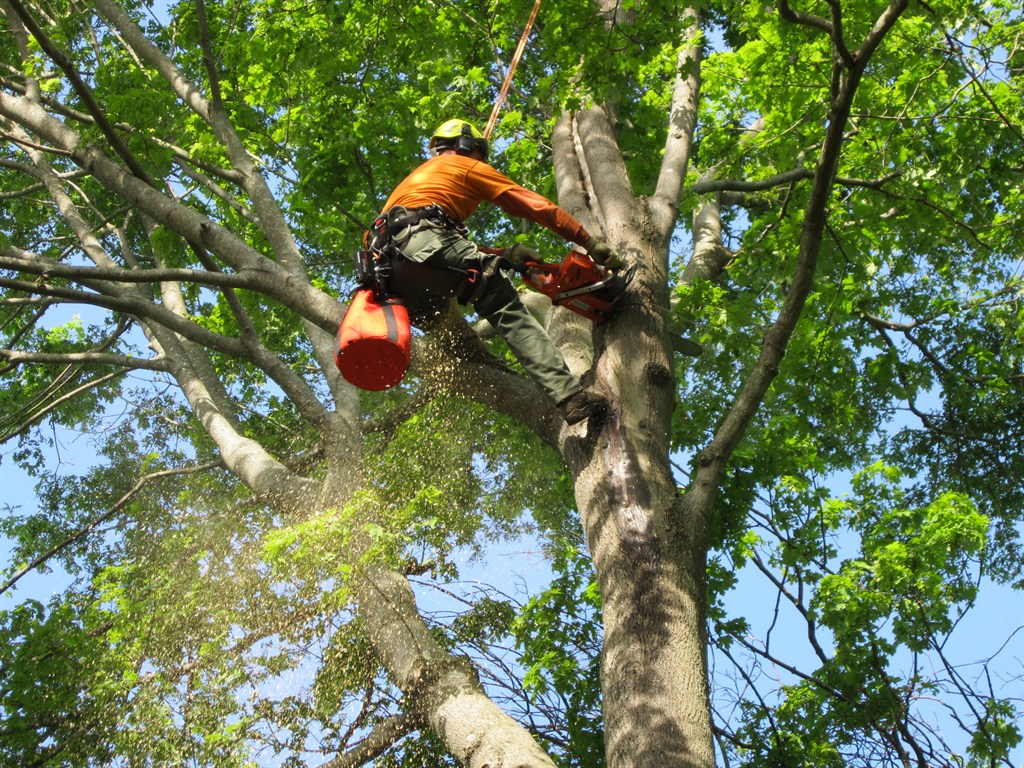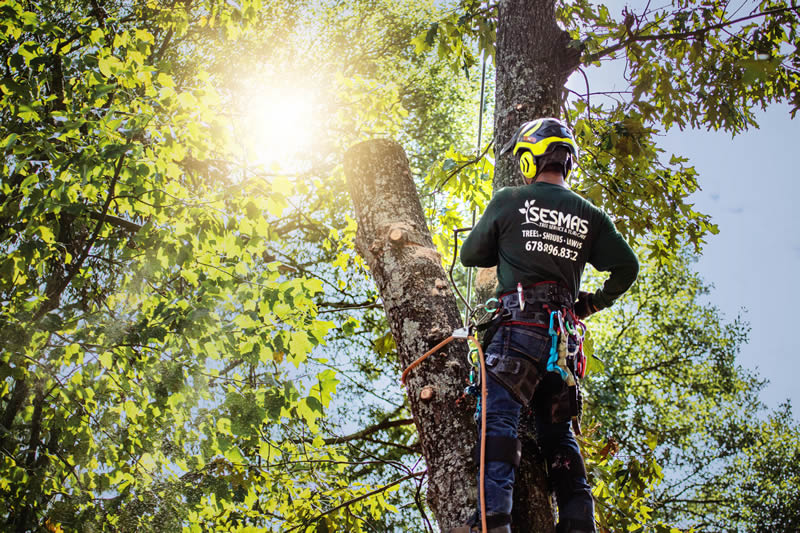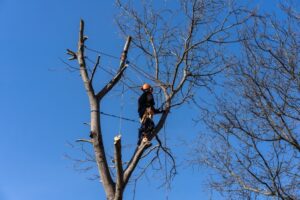
Top 3 Reasons for Tree Removal in Blue Mountains
The Blue Mountains in Australia is a breathtaking natural wonder that attracts visitors from all over the world. However, sometimes tree removal is necessary in this picturesque region. In this article, we will explore the top three reasons for tree removal in the Blue Mountains and why it is essential for maintaining the delicate balance of this unique ecosystem.
Understanding Tree Removal
Before diving into the reasons behind tree removal in blue mountains, it’s essential to have a clear understanding of what tree removal entails. Tree removal refers to the process of cutting down and completely removing a tree from its location. In some cases, this may involve removing the entire tree, including its roots, while in other instances, only certain parts of the tree may be removed.
Tree removal is a task that requires careful consideration and planning. It is not just about cutting down a tree but also about ensuring the safety of everyone involved and minimizing any potential impact on the environment. Professional tree removal services take into account various factors such as the size and location of the tree, the surrounding landscape, and any potential risks involved.
What is Tree Removal?
Tree removal is a specialized task that requires the expertise of professionals. It involves assessing the condition of the tree and determining whether it poses any risks or dangers. If a tree is deemed to be a risk to its surroundings, it may need to be removed to ensure the safety of people and property.
Furthermore, tree removal is not just about cutting down a tree and removing it from the site. It also involves proper disposal of the tree, which may include recycling the wood or turning it into mulch for other landscaping purposes. Professional tree removal services have the necessary equipment and knowledge to handle tree disposal in an eco-friendly manner.
The Importance of Professional Tree Removal
When it comes to tree removal, it is crucial to hire trained professionals who have the knowledge and experience to perform the task safely and efficiently. Professional tree removal services not only ensure the safety of everyone involved but also minimize any potential damage to the surrounding environment.
Moreover, professional tree removal companies are equipped with the right tools and equipment to handle tree removal effectively. They follow industry best practices to ensure that the tree is removed without causing harm to nearby structures or landscapes. By hiring professionals, you can have peace of mind knowing that the tree removal process will be carried out with precision and care.
The Blue Mountains Environment
The Blue Mountains is known for its stunning landscapes, lush forests, and diverse wildlife. It is a UNESCO World Heritage site that is home to many unique species of flora and fauna. However, maintaining the delicate balance of this environment requires careful consideration when it comes to tree removal.
The Unique Ecosystem of the Blue Mountains
The Blue Mountains boasts a unique ecosystem that is home to a variety of plant and animal species. The trees in this region play a crucial role in providing habitat and food sources for the local wildlife. Removing trees without proper assessment and planning can disrupt this delicate ecosystem and have long-term negative impacts on the environment.
One of the most fascinating aspects of the Blue Mountains ecosystem is the symbiotic relationships that exist between different species. For example, certain birds rely on specific tree species for nesting, while those trees, in turn, depend on the birds for seed dispersal. These intricate connections highlight the interdependence of all living organisms in this biodiverse region.
How Trees Impact the Blue Mountains Landscape
Trees not only beautify the landscape but also help in maintaining stable soil conditions, preventing erosion, and regulating water flow. They also contribute to the overall air quality by absorbing carbon dioxide and releasing oxygen. However, there are situations where tree removal becomes necessary to preserve the landscape and protect its inhabitants.
In addition to their environmental benefits, trees in the Blue Mountains also hold cultural significance for the indigenous communities that have inhabited the area for thousands of years. These trees are not just plants but living connections to the history and traditions of the local Aboriginal peoples, serving as landmarks, sources of food and medicine, and symbols of spiritual beliefs.
Reason 1: Tree Disease and Pest Infestation
Trees, just like any other living organisms, are susceptible to diseases and pest infestation. When a tree becomes diseased or infested with pests, it can negatively impact the health and well-being of the entire ecosystem. Tree removal becomes necessary in such cases to prevent the spread of diseases and protect the surrounding environment.
Tree diseases can be caused by various factors, including fungi, bacteria, and environmental stressors. Fungi such as oak wilt and Dutch elm disease can rapidly spread through a tree’s vascular system, leading to wilting and eventual death. Bacterial infections like fire blight can cause blackened leaves and branch dieback. Environmental stressors such as poor soil quality or improper watering can weaken a tree’s immune system, making it more susceptible to diseases.
Identifying Tree Diseases
Identifying tree diseases can be a complex task, as many factors can contribute to the decline of a tree’s health. Common signs of tree diseases include wilting, discoloration of leaves, dead branches, and unusual growth patterns. If a tree shows these symptoms, it is crucial to consult with professionals who can assess the situation accurately and provide appropriate solutions.
Tree care specialists use various diagnostic tools, such as tree health assessments and laboratory testing, to identify the specific disease affecting a tree. Once the disease is identified, treatment options can include pruning infected branches, applying fungicides or antibiotics, and improving overall tree health through proper nutrition and care.
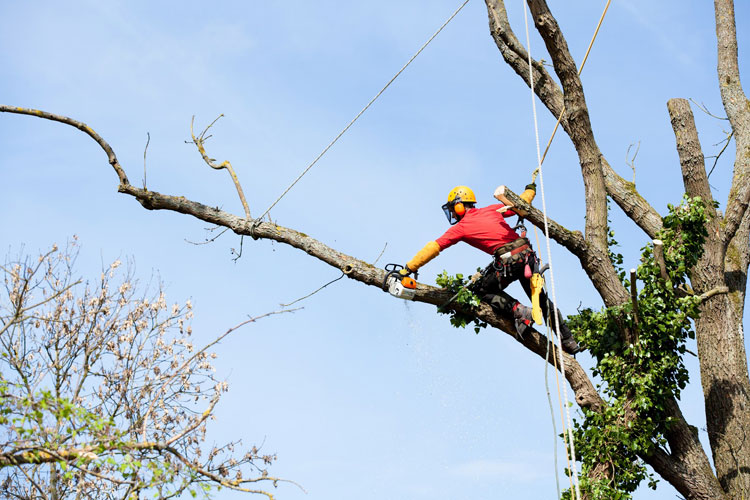
The Impact of Pests on Trees
Pests such as insects and fungi can significantly affect the health and vitality of trees. They can weaken the tree’s structure, cause defoliation, and even kill the tree in severe cases. Controlling pest infestations through various measures is essential to prevent the spread of pests to other trees and maintain a healthy ecosystem.
Insects like emerald ash borers and gypsy moths can devastate entire forests by feeding on tree leaves and disrupting the tree’s ability to photosynthesize. Fungal pathogens such as powdery mildew and root rot can infect trees through wounds or soil, leading to stunted growth and eventual decline. Integrated pest management strategies, including biological controls, insecticides, and cultural practices, are implemented to mitigate pest damage and preserve tree health.
Reason 2: Safety Concerns and Risk Management
Safety should always be a priority when it comes to tree management. Unstable trees can pose significant risks to people and property, especially during severe weather conditions. Tree removal plays a crucial role in mitigating these risks and ensuring the safety of the surrounding community. Click here to learn about why tree removal in blue mountains requires a specialist Arborist.
When it comes to safety concerns related to trees, it’s not just the obvious risks that need to be considered. Factors such as disease, pest infestations, and structural weaknesses can also contribute to a tree’s instability. Regular inspections by arborists can help identify these hidden dangers and prevent potential accidents before they occur.
Potential Hazards of Unstable Trees
Unstable trees can pose numerous hazards, such as falling branches or even complete uprooting. These can cause property damage, injury, or even death. Assessing the stability of trees in high-risk areas, such as residential neighborhoods or public parks, is essential to identify potential dangers and address them promptly.
Furthermore, the impact of climate change on tree stability cannot be overlooked. Extreme weather events, such as hurricanes and droughts, can weaken trees and make them more susceptible to failure. Proper risk management strategies, including tree removal when necessary, are crucial in adapting to the changing climate and ensuring the safety of communities.
The Role of Tree Removal in Risk Management
Tree removal is an integral part of risk management strategies. By identifying and removing potentially hazardous trees, the risk of accidents and property damage is significantly reduced. Trained professionals in tree removal have the expertise to assess the condition of trees and implement the appropriate removal techniques to ensure public safety.
Moreover, the importance of replanting and maintaining a diverse urban tree canopy should not be underestimated. Replacing removed trees with suitable species helps maintain the ecological balance, enhances biodiversity, and contributes to the overall well-being of the environment. It’s not just about removing trees; it’s also about planning for the future and creating a sustainable urban landscape for generations to come.
Reason 3: Construction and Land Development
In an ever-growing world, land development is a reality. However, trees can sometimes hinder construction projects. In such cases, tree removal becomes necessary to strike a balance between development and conservation.
How Trees Can Hinder Development Projects
Trees can present obstacles to construction activities, such as road building or infrastructure development. Their root systems can interfere with the stability of structures, and their branches may pose clearance issues. In these cases, tree removal is often necessary to facilitate development projects while considering the long-term impact on the environment.
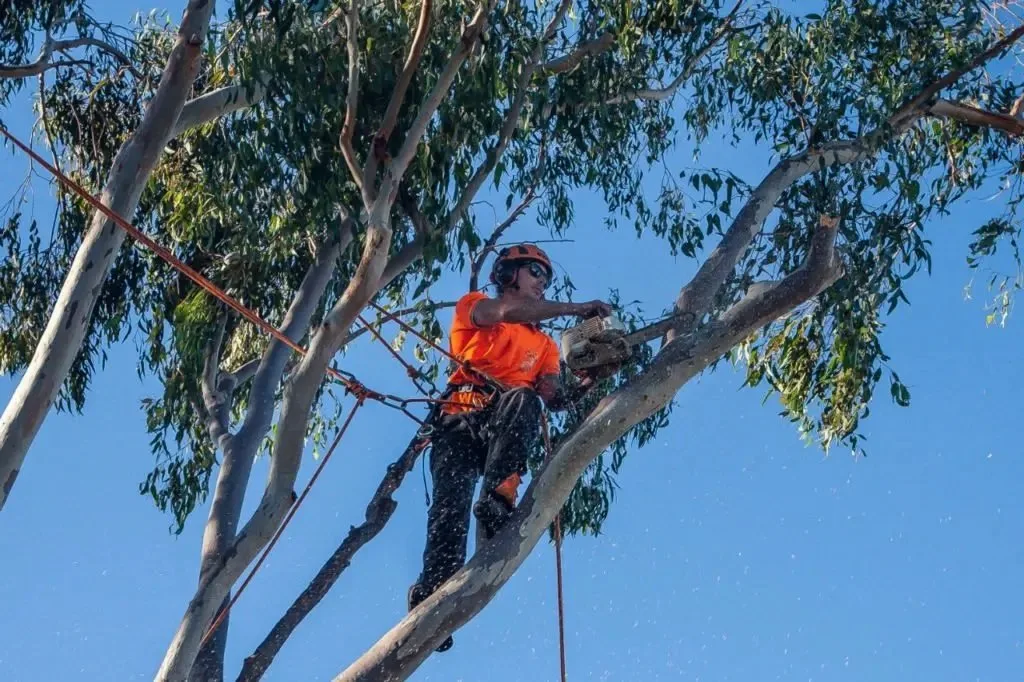
The Balance Between Construction and Conservation
Finding the balance between construction and conservation is crucial in areas like the Blue Mountains, where both development and environmental preservation are significant considerations. By carefully assessing which trees need removal and implementing appropriate mitigation measures, it is possible to strike a balance that allows for sustainable development while preserving the natural beauty of the region.
When it comes to construction and land development, there are various factors to consider. For instance, the presence of certain tree species may require special permits or consultations with environmental experts to ensure compliance with local regulations. Additionally, the impact of tree removal on wildlife habitats should be carefully evaluated, and alternative solutions, such as tree relocation or preservation, should be explored whenever possible.
Furthermore, it is important to recognize that construction and land development can have both positive and negative effects on the environment. While the removal of trees may be necessary to make way for new structures, it is essential to implement appropriate measures to mitigate the loss of green spaces. This can include the incorporation of green roofs or the planting of new trees in nearby areas to compensate for the ones that were removed.
Moreover, the integration of sustainable practices in construction and land development can help minimize the environmental impact. This can involve using eco-friendly building materials, implementing energy-efficient designs, and incorporating green infrastructure, such as rain gardens or permeable pavements, to manage stormwater runoff and promote biodiversity.
In conclusion, tree removal in the Blue Mountains is a complex matter that should be approached with careful consideration. The top three reasons for tree removal are tree disease and pest infestation, safety concerns and risk management, and construction and land development. By understanding these reasons and working with professionals, it is possible to ensure the preservation of the fragile ecosystem while addressing the needs of the community and promoting sustainable growth.

